RCAH Moments
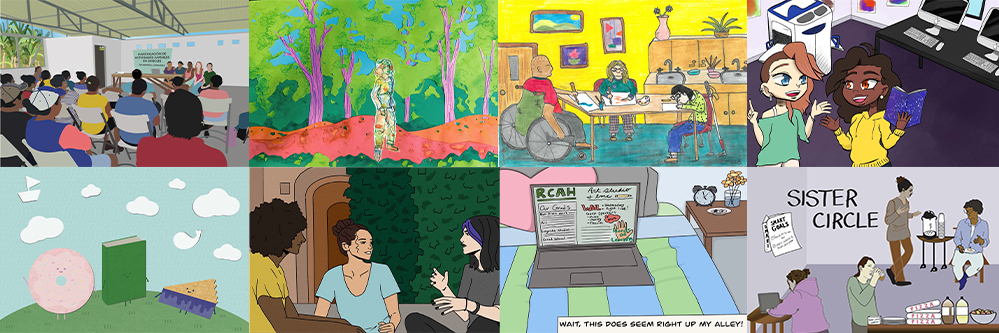
Everyone’s path in RCAH is unique. You’ll craft yours by picking classes, research topics, creative projects, and extracurricular activities that are exciting to you personally. During Spring Semester 2021, we asked current RCAH students to narrate and illustrate moments like this that have been meaningful to them. The results are below.
Explore the RCAH Moments!
Breaking Bread
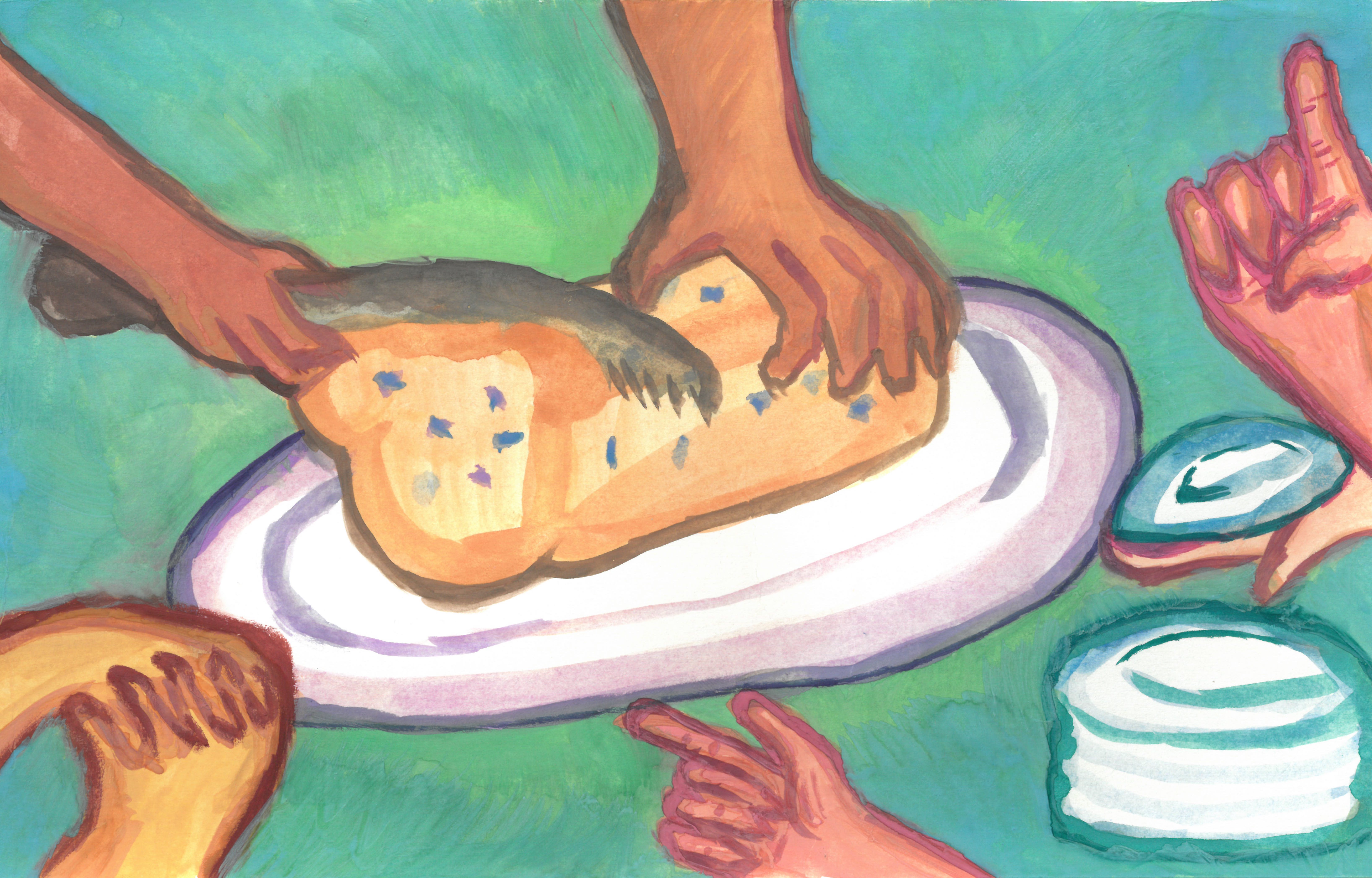
-
About Breaking Bread
"In Introduction to Community Engagement with Professor Rivera, my classmates and I learned about what connects a community. One commonality, we learned, was breaking bread: the act of sharing a plate of food has brought people together since there were people and there was hunger. Every week, Professor Rivera brought homemade cookies, bread, or another treat for us to share together as we discussed our class and assignments. Working together to cut and distribute the bread every week brought me closer with those around me and showed me how powerful food can be in connecting people." —Lia
The Globalization of Yoga
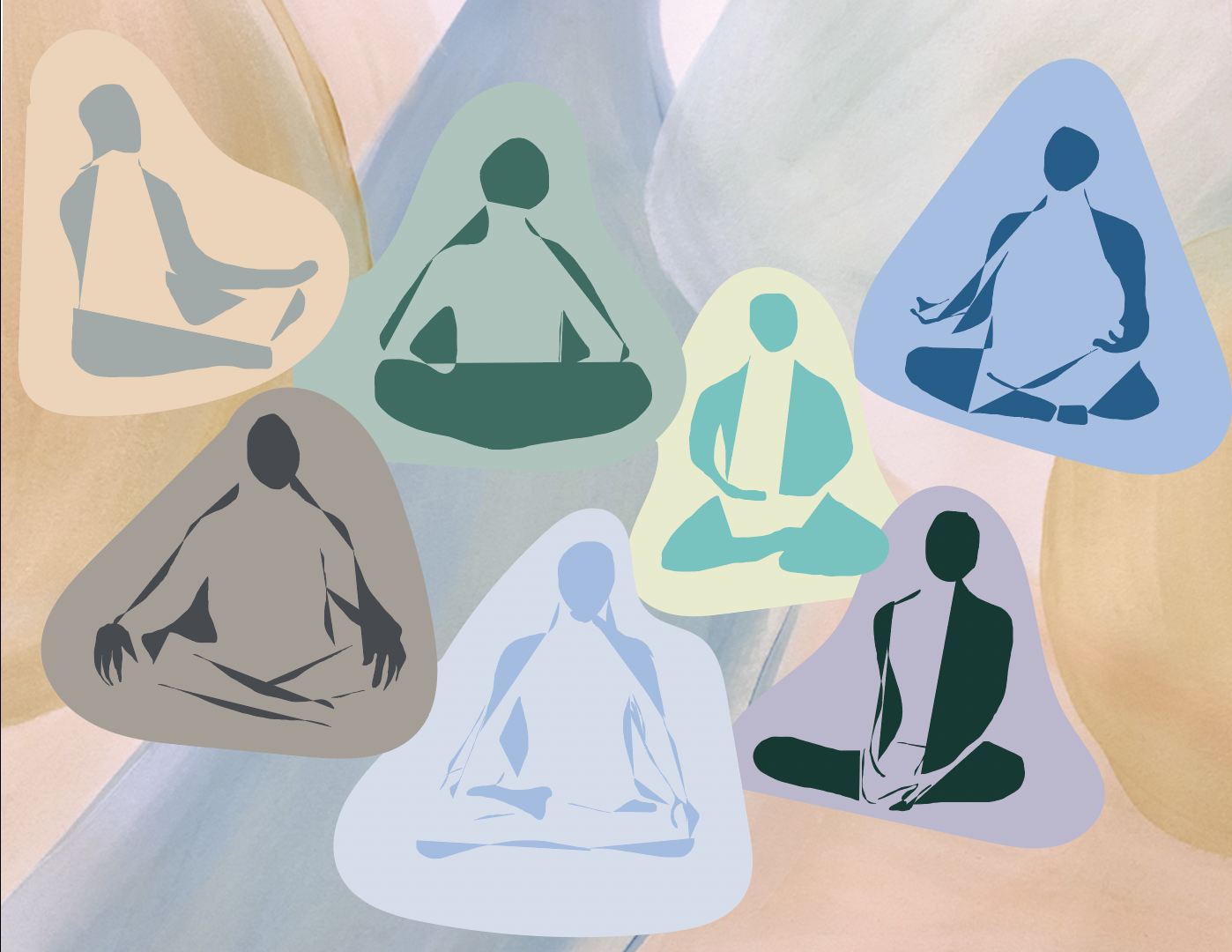
-
About The Globalization of Yoga
"My experience in this class was powerful and eye-opening. With our chairs in a circle, we discussed how yoga has evolved into many different forms, from yoga’s origins in India to being accessible in your local strip mall. What are the benefits of this ancient, mindful practice? What can we implement from yoga’s history or religion today? These are just a few of the questions we explored. This class was particularly interesting because local yogis joined in conversation with our class. The global perspective provided by Lansing-area yoga teachers revealed that there is much to say about the power of yoga." —Carly
Getting into Character
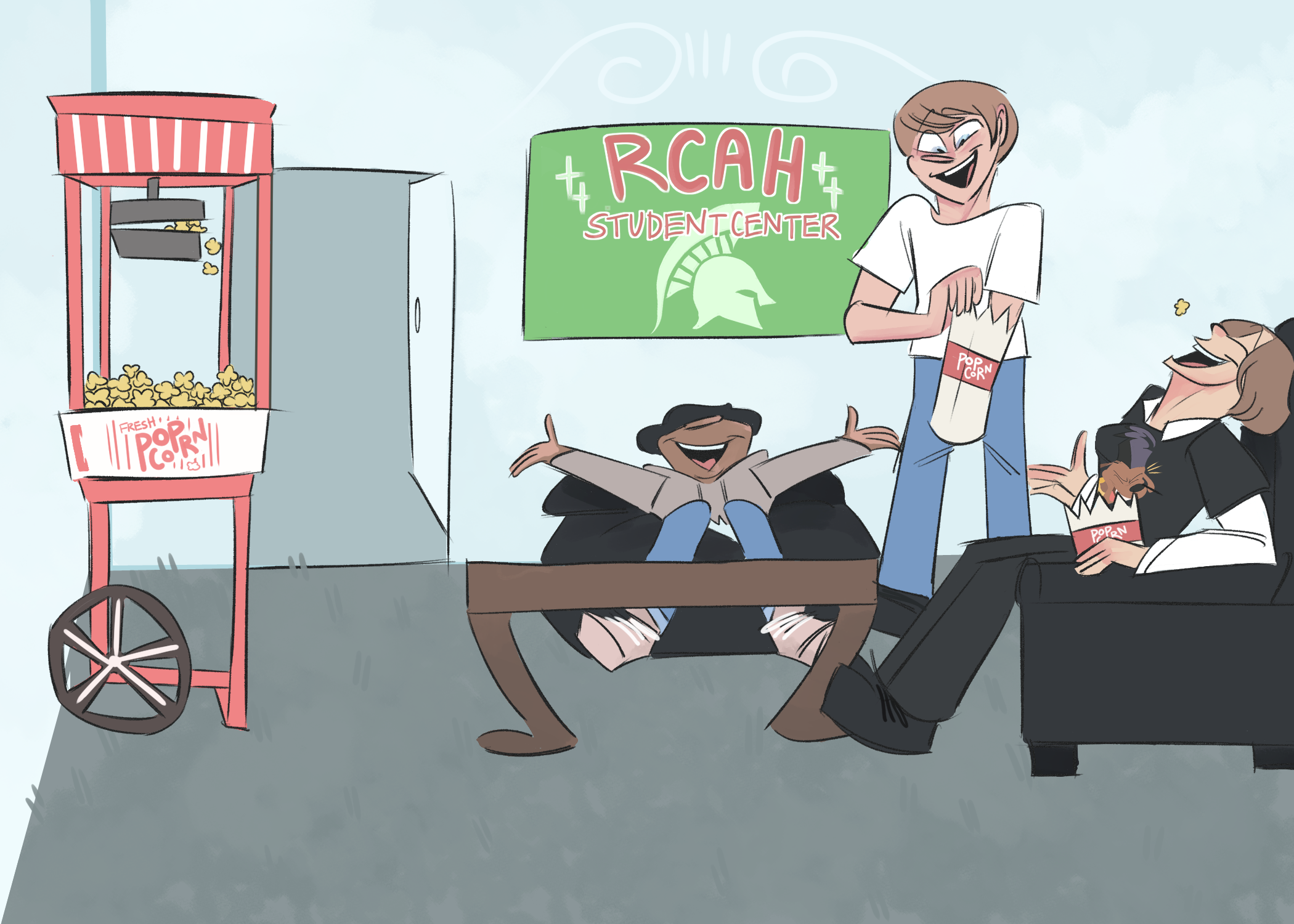
-
About Getting into Character
"This postcard was inspired by my Introduction to Acting class during my first year in the college. We had to go around pretending to be kids for about an hour. It allowed us to get into character for a script we were reading. This activity helped us identify with the part. During our run around RCAH in a game of hide and seek, we found that the RCAH Student Center was making popcorn. One of the professors started playing along with our game, and we all got popcorn! We gathered around the low wooden table and relaxed on the sofa and bean bag chairs." —Anna
Letterpress Printing in the Art Studio
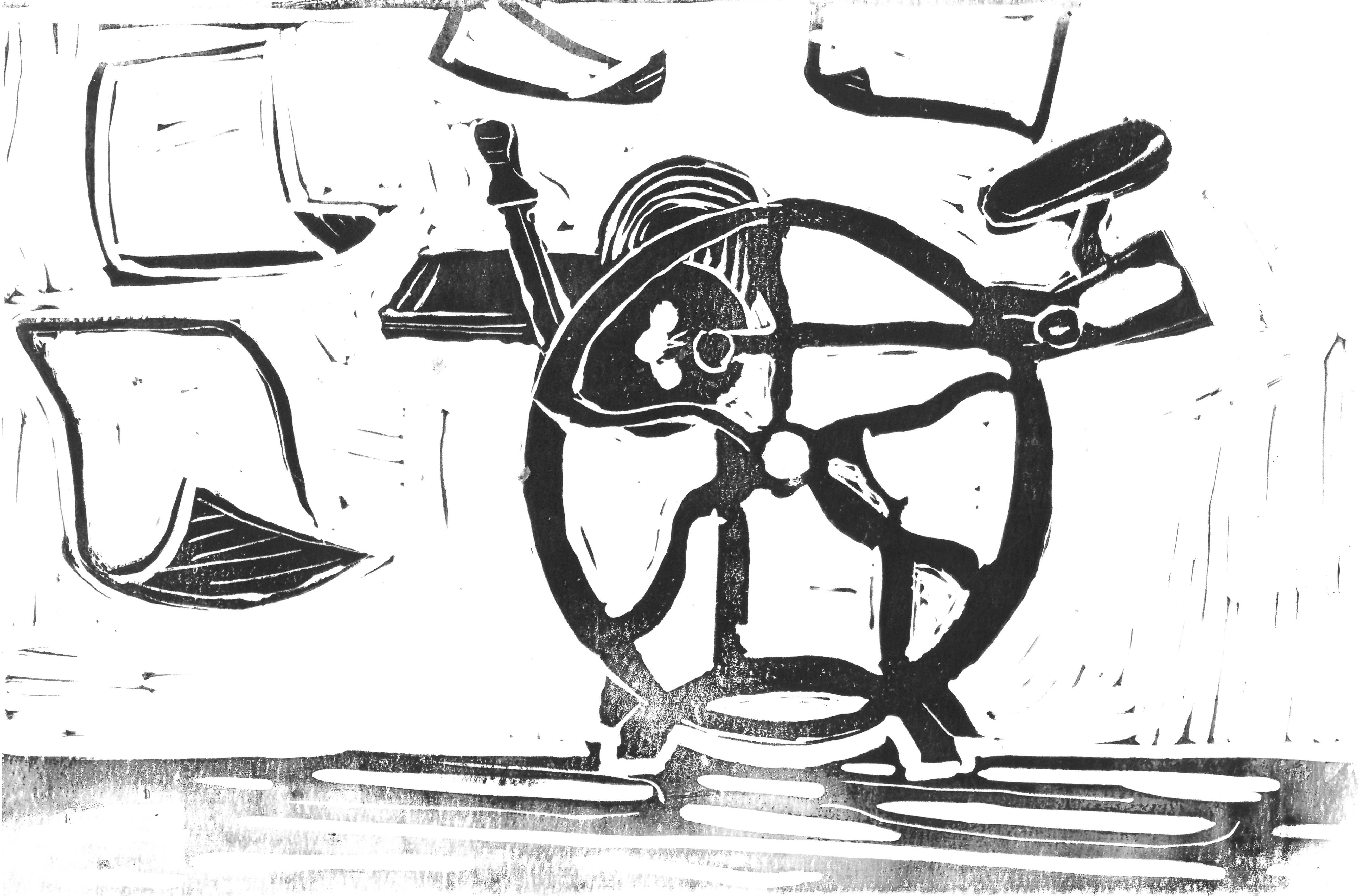
-
About Letterpress Printing in the Art Studio
"While working in the RCAH Art Studio, I had the opportunity to learn how to use a printing press. I created my own graphics by carving a linoleum block, set my own type, and was able to print a handful of cards to send to my family and friends. Master printmaker Arie Koelewyn helped me learn all I needed to know to use the press independently. The RCAH Art Studio has helped me broaden my artistic skillset and has served as my home base for the past four years." —Riley
Time is a Social Construct
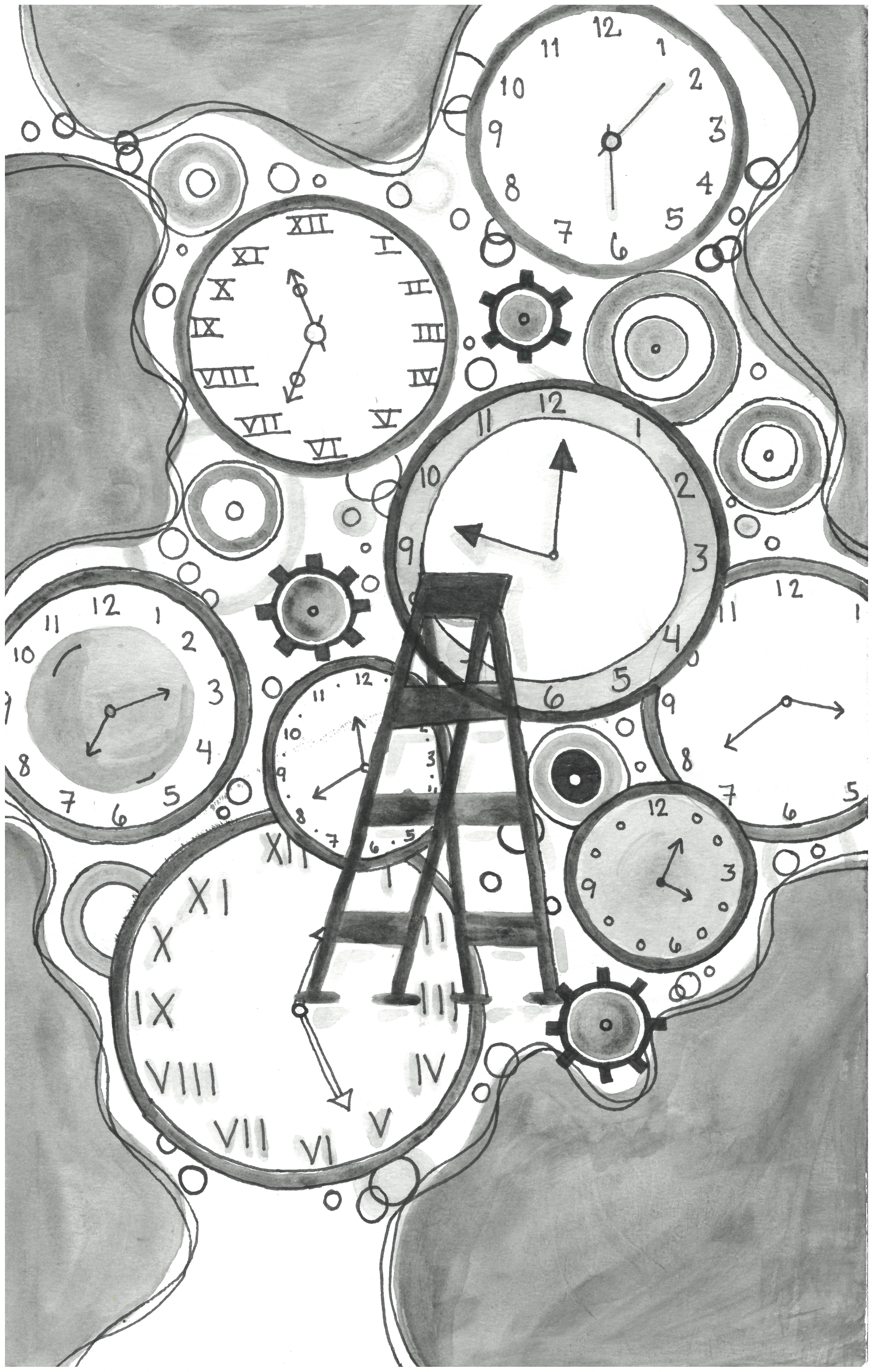
-
About Time is a Social Construct
"Time is what we make of it. This past year especially has shown us that our perception of time is entirely what we make of it. My first year in RCAH, I took a class called “The Presence of the Past.” Professor Thobani introduced us to the insight that many of the ideas and practices we take as natural are social constructs. Gender, sex, race, and so much more exist because we say they exist — they’re entirely socially constructed. One class that really stood out to me was when Professor Thobani talked about how time is a social construct. She explained that time exists because we make it exist — it has labels because we give it labels. She also focused on how labeling certain regions as “third-world” and talking about them as if they are behind us in time is wrong. What makes a certain region “advanced” or “ahead” in time? Who are we to decide that?" —Mary
Visiting RCAH Professor Office Hours
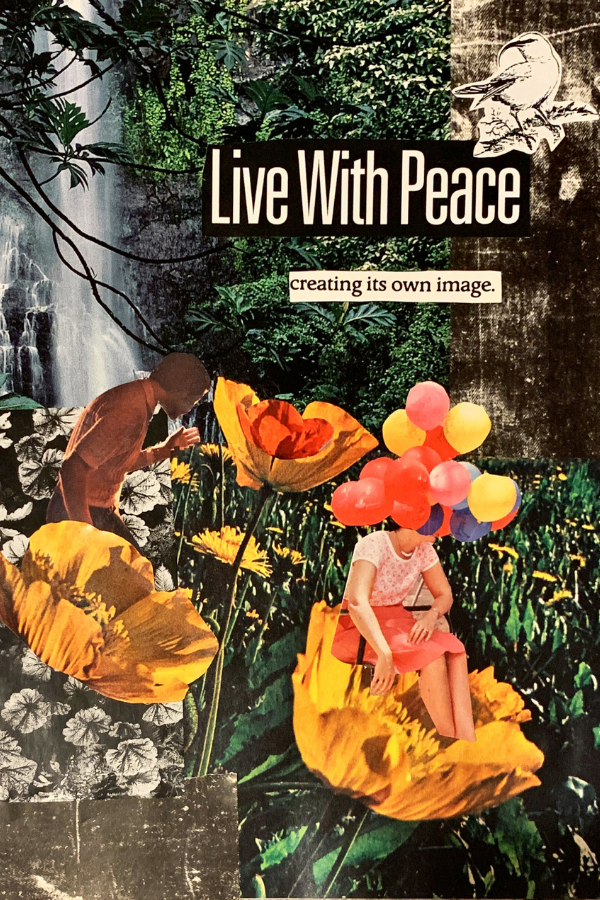
-
About Visiting RCAH Professor Office Hours
"In my second year at RCAH, I had Professor Scot Yoder as one of my professors for RCAH 150 — a team-taught class that explores the four RCAH pathways. He was charged with introducing us underclassmen to the humanities. I was fascinated with the philosophical questions that the humanities entail: What happens after death? Are humans good or bad? What is the driving force (the "why") of life? These questions in mind, I found myself coming to Dr. Yoder’s office hours often in order to talk through my own life and the application of these big questions. Because RCAH is so small, Dr. Yoder and other professors always make time to talk things out with me." —Lia
Protest Songs in RCAH 202
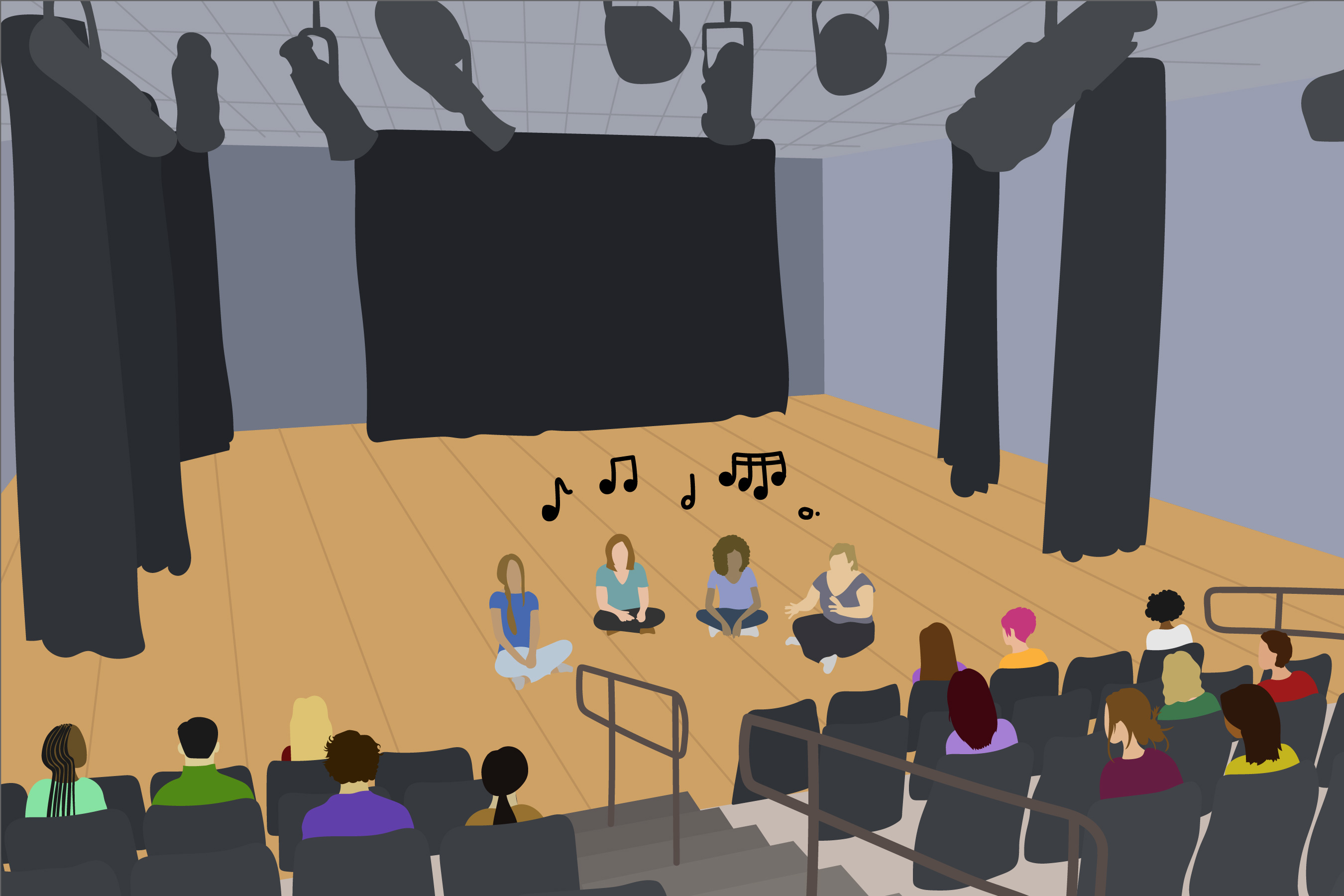
-
About Protest Songs in RCAH 202
"One of the first RCAH classes I took was 202 my freshman year. I thought it was so cool that I had a class that met in the RCAH Theater, but I was intimidated by how much acting we had to do — I was more comfortable with musical performances. We read scripts and watched movies about the role art has played in historic political movements, but what fascinated me most was the poetry and music we studied. I remember singing “We Shall Overcome” as a class, and how powerful it felt knowing how many people had sung it during the March on Washington in 1963 and throughout the Civil Rights Movement. We even got to write and perform our own protest songs about a cause we were passionate about. I felt lucky that I could work with my preferred artistic medium while still pushing the boundaries of what I was used to." —Sophia
Study Your Own Interests
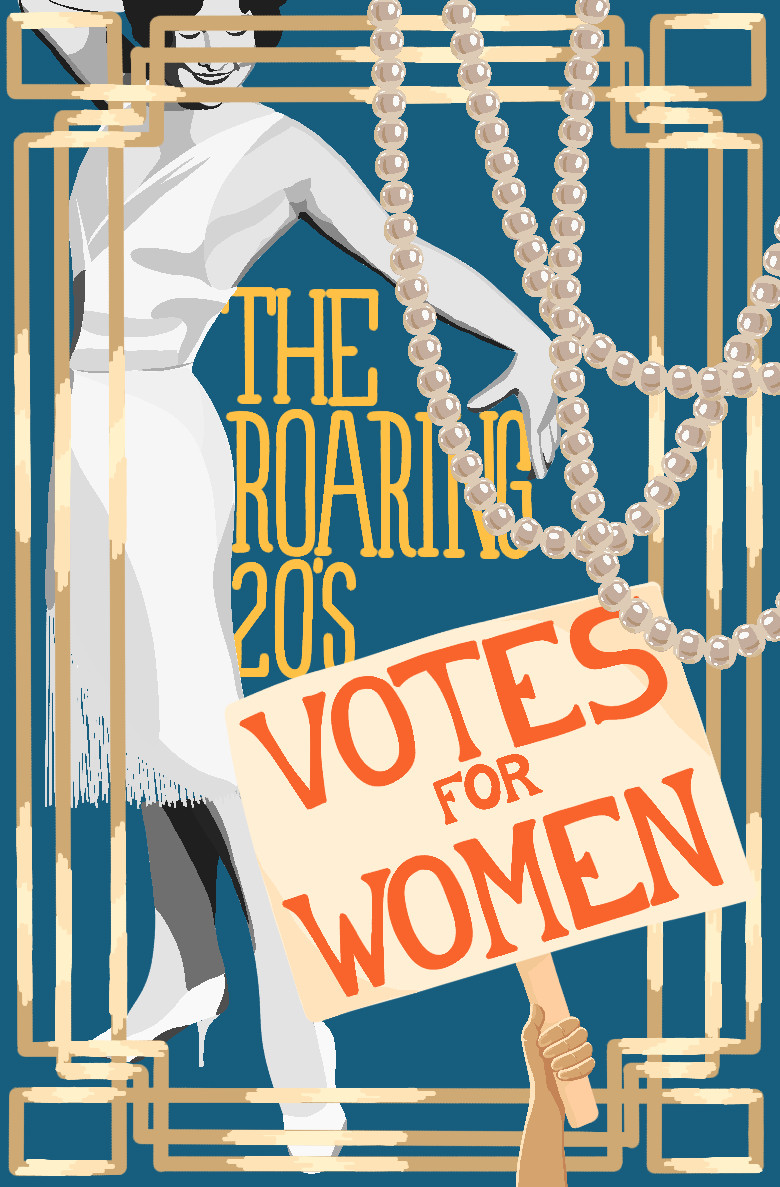
-
About Study Your Own Interests
"One of my RCAH classes with Professor Aronoff focused on the 1920s. Prior to the class, I’d never had an interest in that period, but that changed as we explored the historical events that made the 20s unique. We had the opportunity to cater our own learning to our interests. I focused on the 19th Amendment, which secured the right for women to vote, while others in the class focused on topics ranging from 1920s cinema to advertisements." —Alex
First Experience with RCAH Generosity
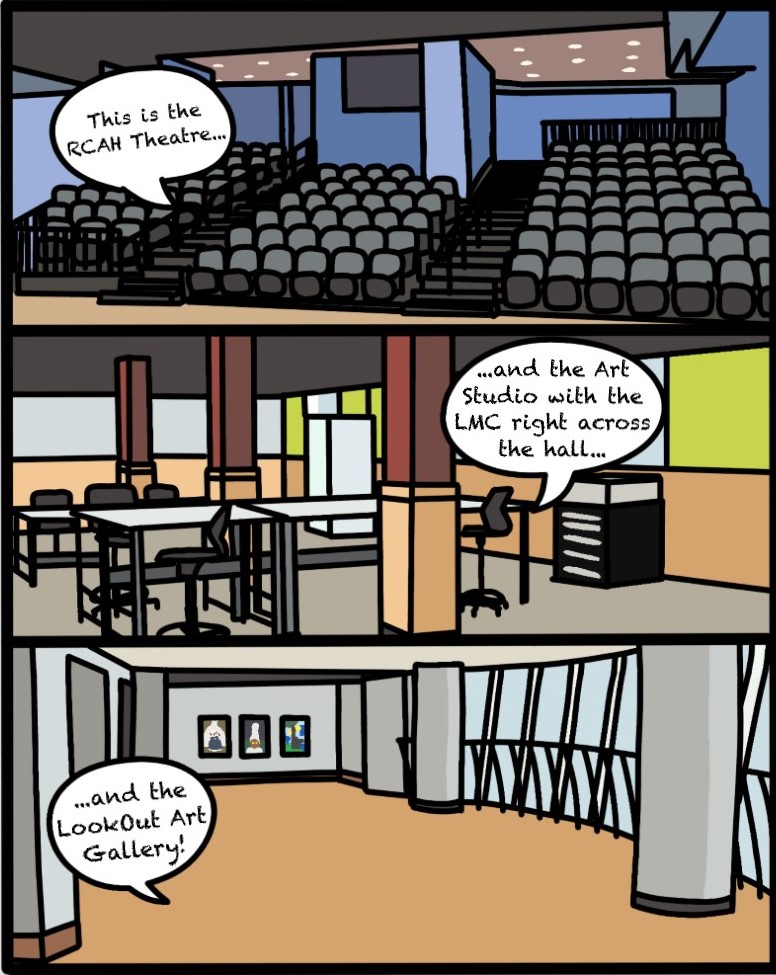
-
About First Experience with RCAH Generosity
"When I had the chance to visit RCAH as a high school senior, a professor I happened to run into gave me a personal tour of all the different facilities RCAH has to offer. I got to see the RCAH Theater, Art Studio, LMC, Art Gallery and more. The professor who was generous enough to take the time to do this for me didn’t do it because I am anyone particularly special. Rather, RCAH faculty simply care a great deal about everyone they encounter. I got to experience this from the moment I stepped foot into the College, and it has remained true throughout my entire experience here."
—Alex
Willow Elementary - Project RestART
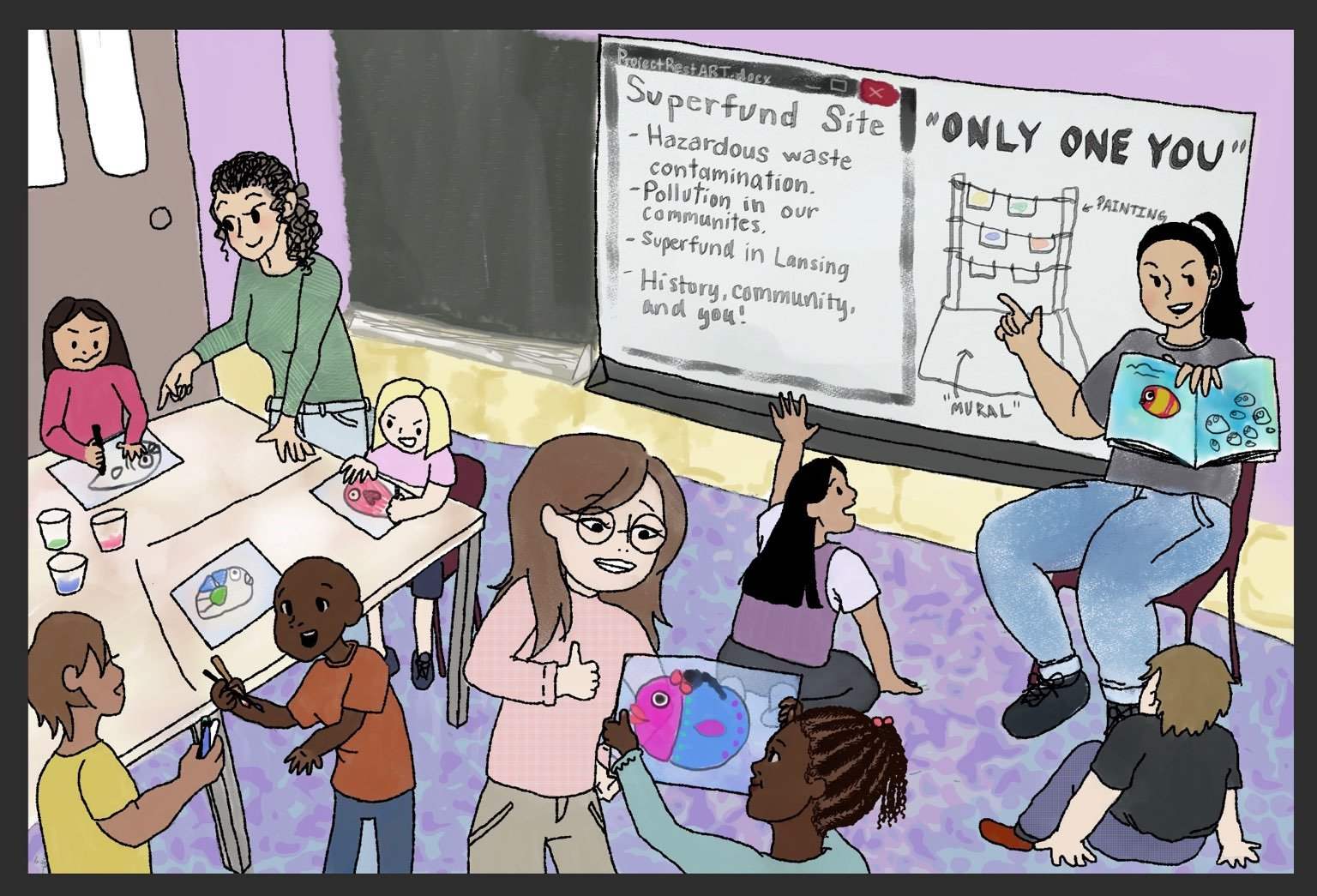
-
About Willow Elementary - Project RestART
"Project RestART is a community engagement project I had the chance to co-organize with RCAH classmates and Lansing Public Schools teachers. In this project, students at Willow Elementary School explored local environmental history and the importance of getting involved in your community. We connected student reading materials and a community art installation featuring student creations. The energy of these emerging artists has since inspired me to continue learning about how arts and education can come together to encourage community change." —Charlotte
The Right to Lansing - Ormond Park
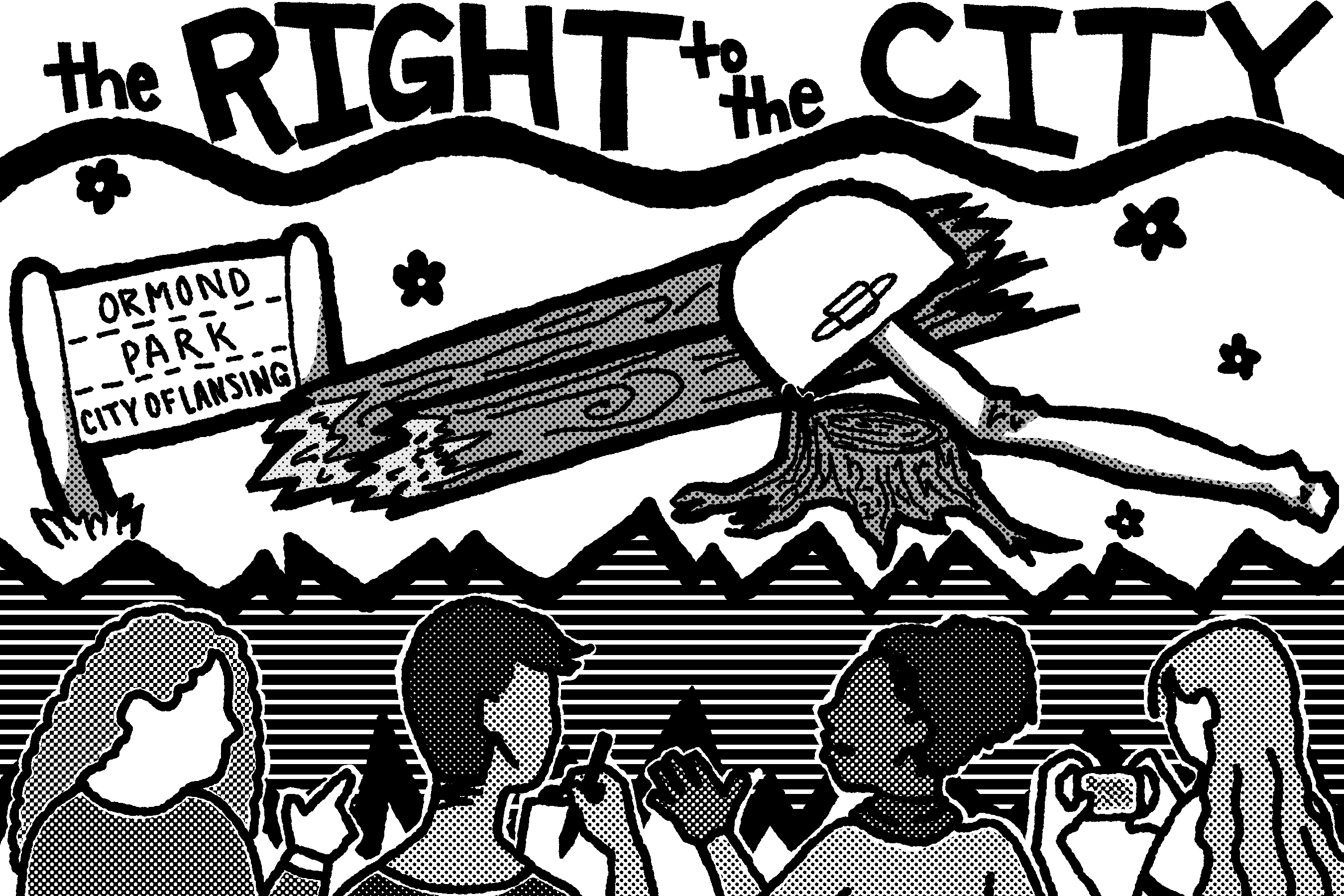
-
About The Right to Lansing - Ormond Park
"Ormond Park became the center of tense debate in Lansing when the City Council authorized construction of a golf course driveway through the locally cherished park in 2017. My RCAH classmates and I surveyed this development, fitting what we saw into larger discussions about gentrification, community health, governance, and the people’s right to the city. As someone with a rural background, living in the community and learning about the challenges faced by Lansing residents expanded my understanding of human rights and justice. This first-year experience sparked my passions and I have become increasingly involved in community-organizing efforts inspired by what I have learned." —Charlotte
Community Participatory Research in Costa Rica
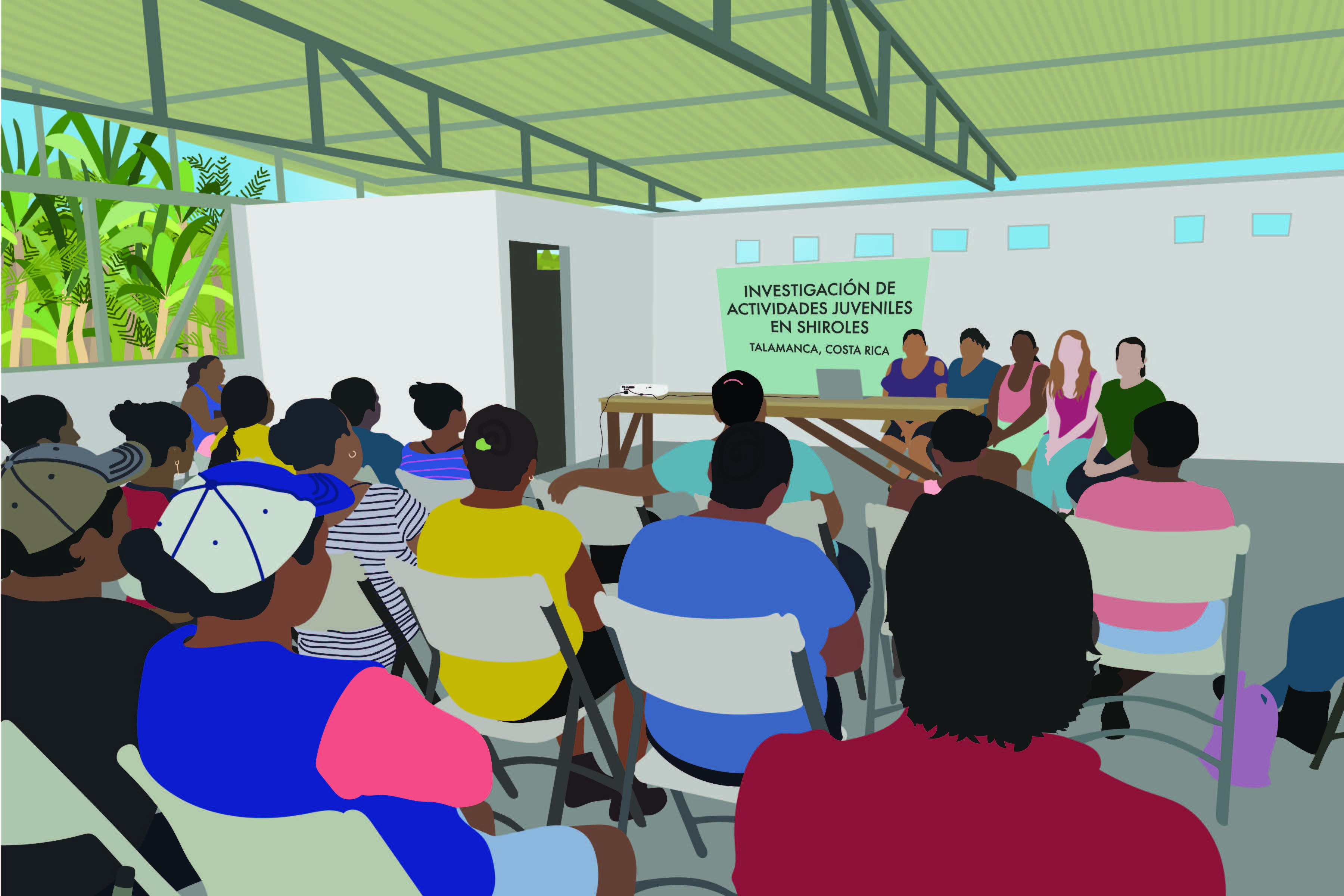
-
About Community Participatory Research in Costa Rica
"I spent the entire spring semester of my sophomore year in Costa Rica, improving my Spanish speaking skills and conducting community-based participatory research. During the second portion of the program, one of my classmates and I lived with host families in Shiroles, Talamanca, an indigenous territory of the BriBrí people. For two months, we conducted surveys and interviews to determine the assets and obstacles surrounding the implementation of community and cultural activities for youth. We learned that young people in Shiroles were interested in engaging with their BriBrí culture, so we worked together to devise a strategic plan that provided meaningful ways for them to do so. It was incredible to work with such a dedicated group of people to create something that would have a lasting impact on the community." —Sophia
Forest Bath
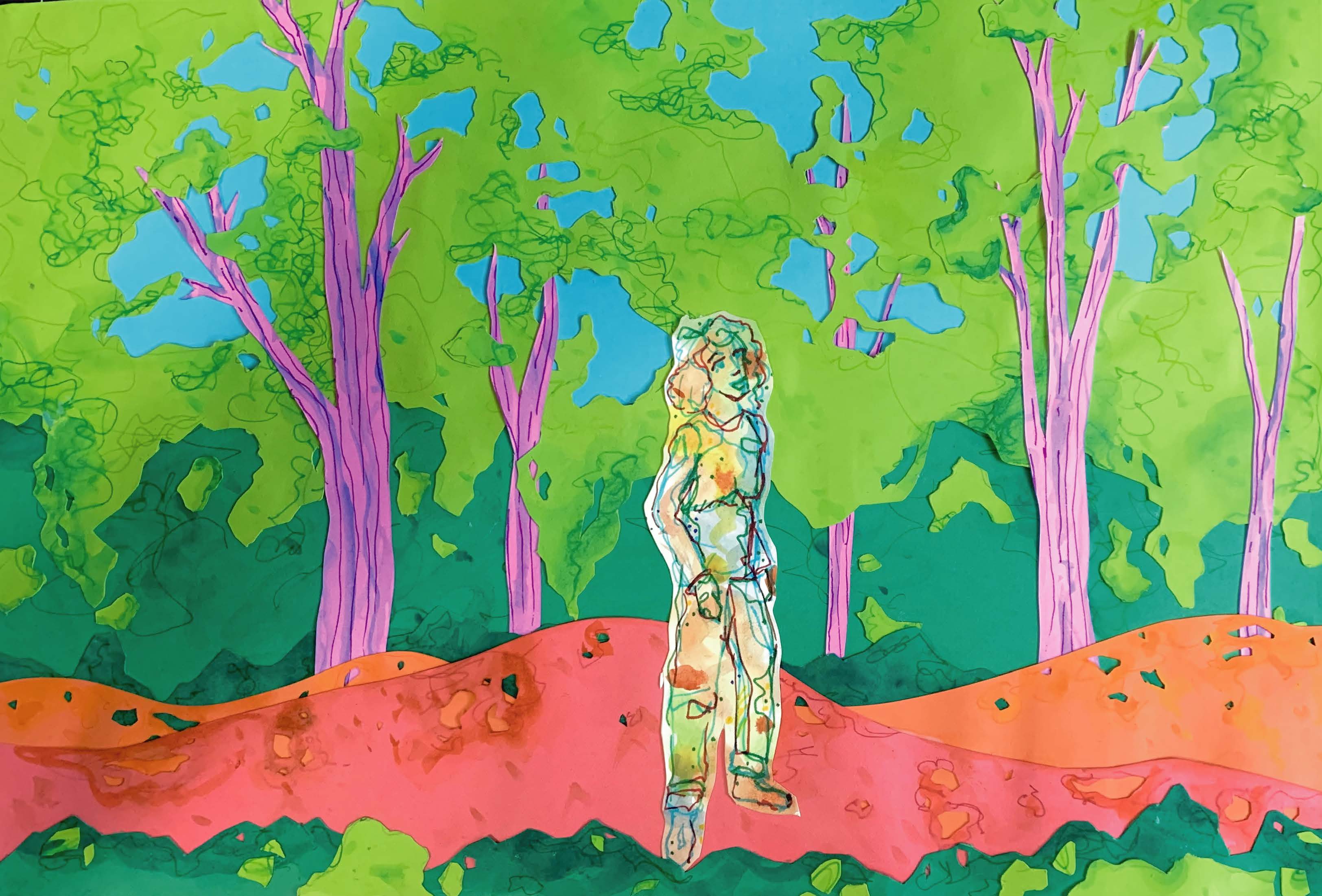
-
About Forest Bath
"This memory is from Professor Dylan Miner's "Lake Effect: Art and Ecology in The Great Lakes Watershed." In this class we spent time cultivating a relationship with the land around us. The moment illustrated here involved a class trip — a two-minute walk to the Sanford Natural Area for a "forest bath." It was such a unique experience, walking alone and absorbing the sights and sounds of the forest. I was feeling connected to not only the world around me but also to myself. Taking a moment to breathe and recenter oneself is so important, especially when stressed and overwhelmed. Appreciation of the land that shapes our environment and perspective is important to cultivating a comprehensive world view." —Mollie
Finding RCAH at Michigan State
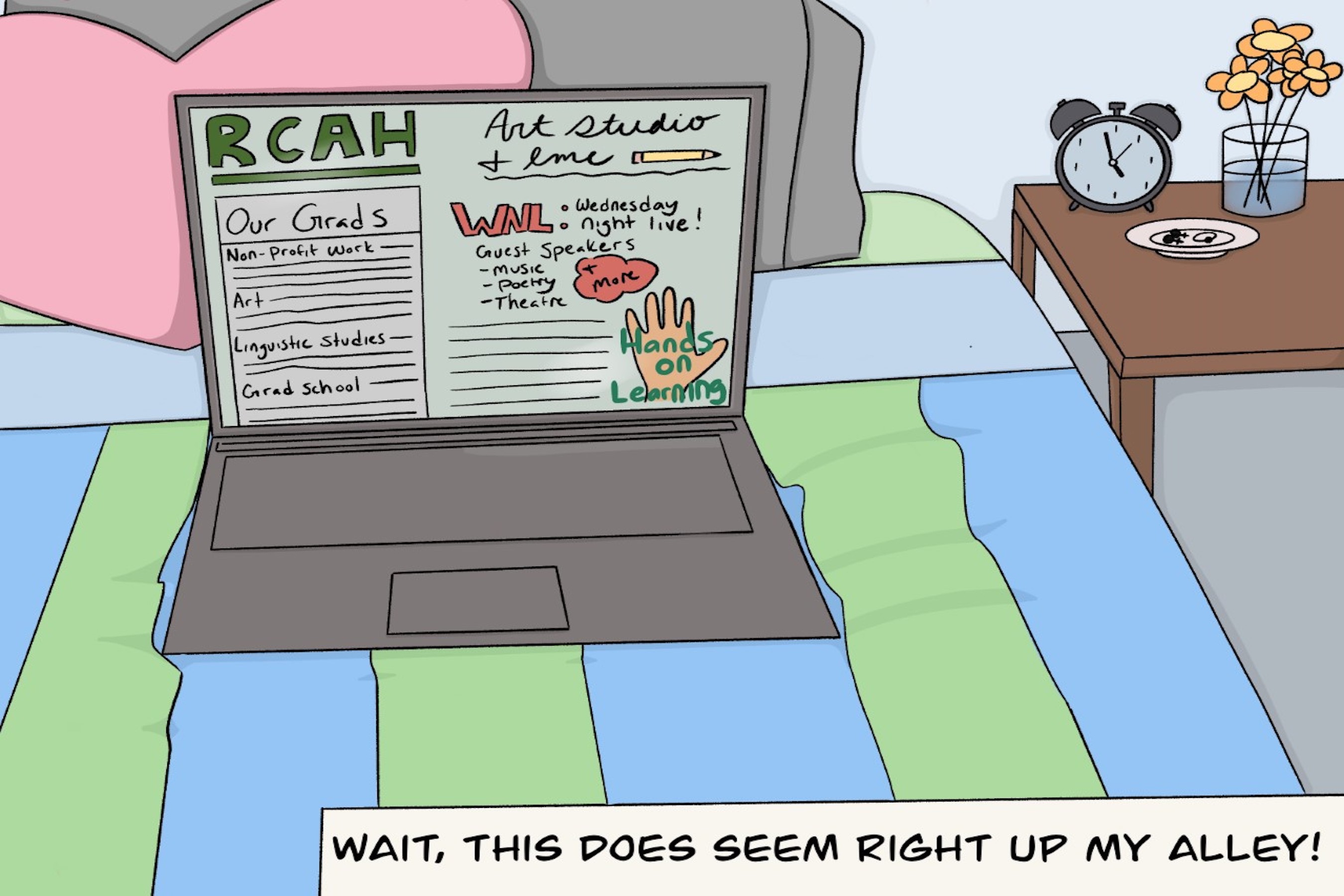
-
About Finding RCAH at Michigan State
"It was in the first few months of my senior year when my dad popped his head into my room and suggested I check out RCAH. I remember it distinctly “are-cuh.” He had to say the whole acronym, as I couldn’t imagine what letters had been put together to make that sound. “Residential College in the Arts and Humanities. At MSU,” he added. Of course, MSU. His alma mater. I felt that my dad was pushing me to go to his school. But he was insistent about RCAH, so I begrudgingly opened my laptop and typed the letters into the search bar. The phrase “arts and humanities” had piqued my interest more than I wanted to admit. The website popped up, and links on the front page immediately caught my eye. I discovered art students had made and learned about alumni with careers in fields I had never considered. Most of all, I was interested in the hands-on, community-engaged learning that RCAH is known for." —Ezra
Collaborating at Peckham Art Studio
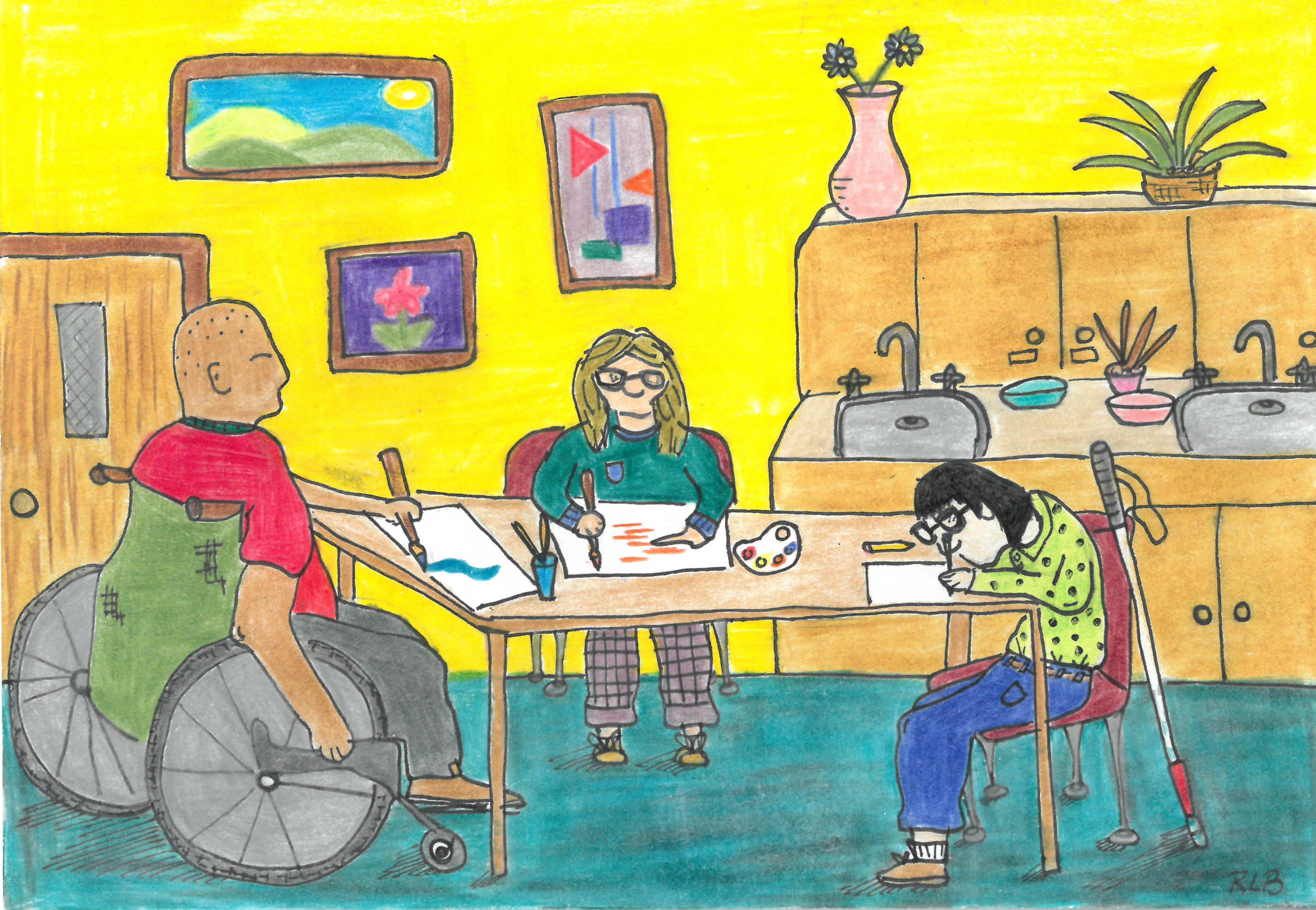
-
About Collaborating at Peckham Art Studio
"Every Tuesday my civic engagement class drove to Lansing to work in the Peckham Art Studio. Peckham is a nonprofit vocational rehabilitation organization for people who have disabilities. MSU students and Peckham artists collaborated on paintings that were eventually displayed at one of the worksites where some of the artists worked. I met a lot of really awesome people here and solidified my goal of pursuing a masters in art therapy after graduation!" —Riley
Doing Original Research
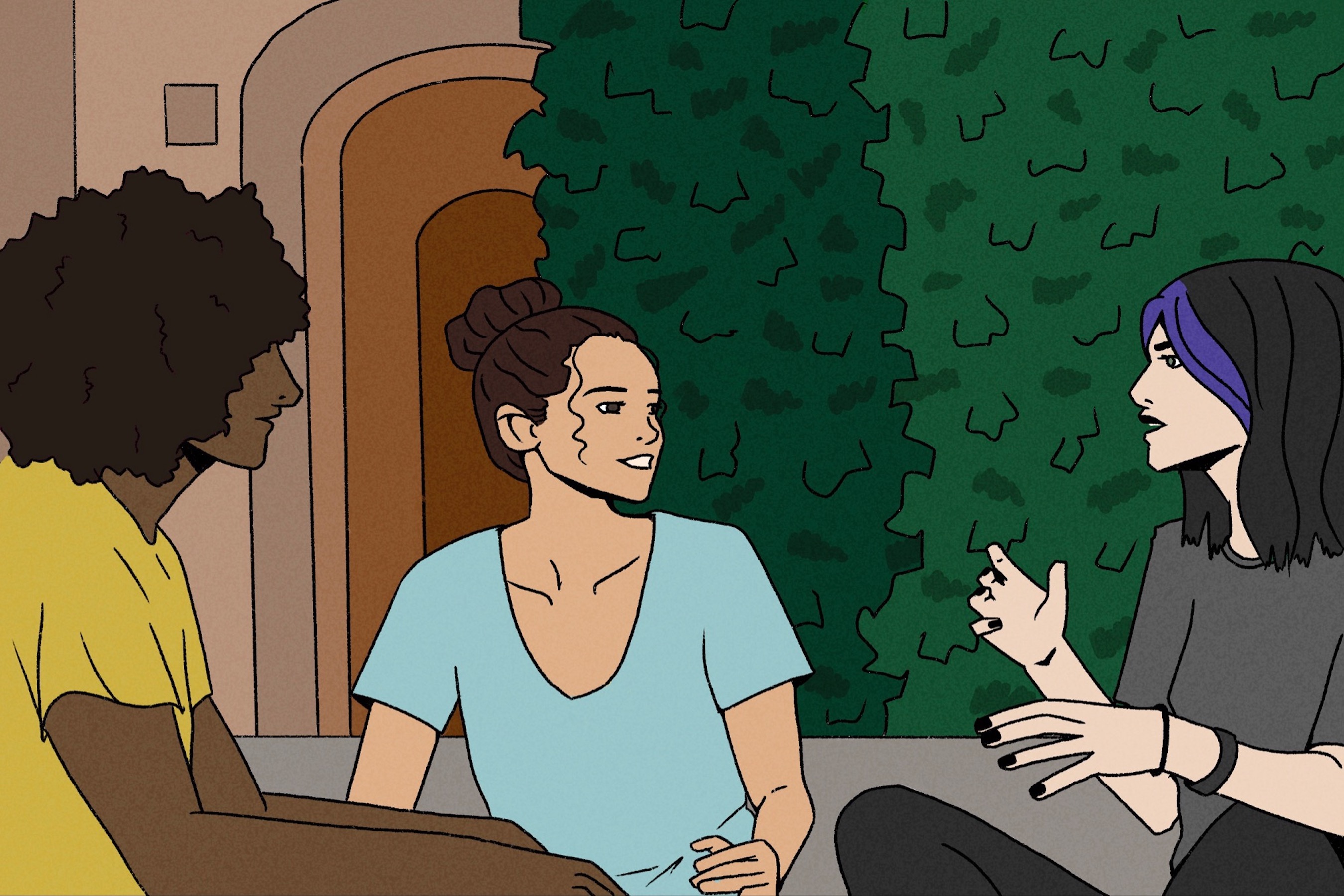
-
About Doing Original Research
"Some of the most distinctive moments in my RCAH experience came during Intro to Language and Culture, taught by Professor India Plough. For this class I was able to do fieldwork that involved talking to friends in casual settings around campus. I developed a set of prompts designed to reveal my friends’ distinctive ways of speaking. Afterwards, I got to explain to them the significance of my study and how it connected with their lives too." —Shelby
Printing Comics in the LMC
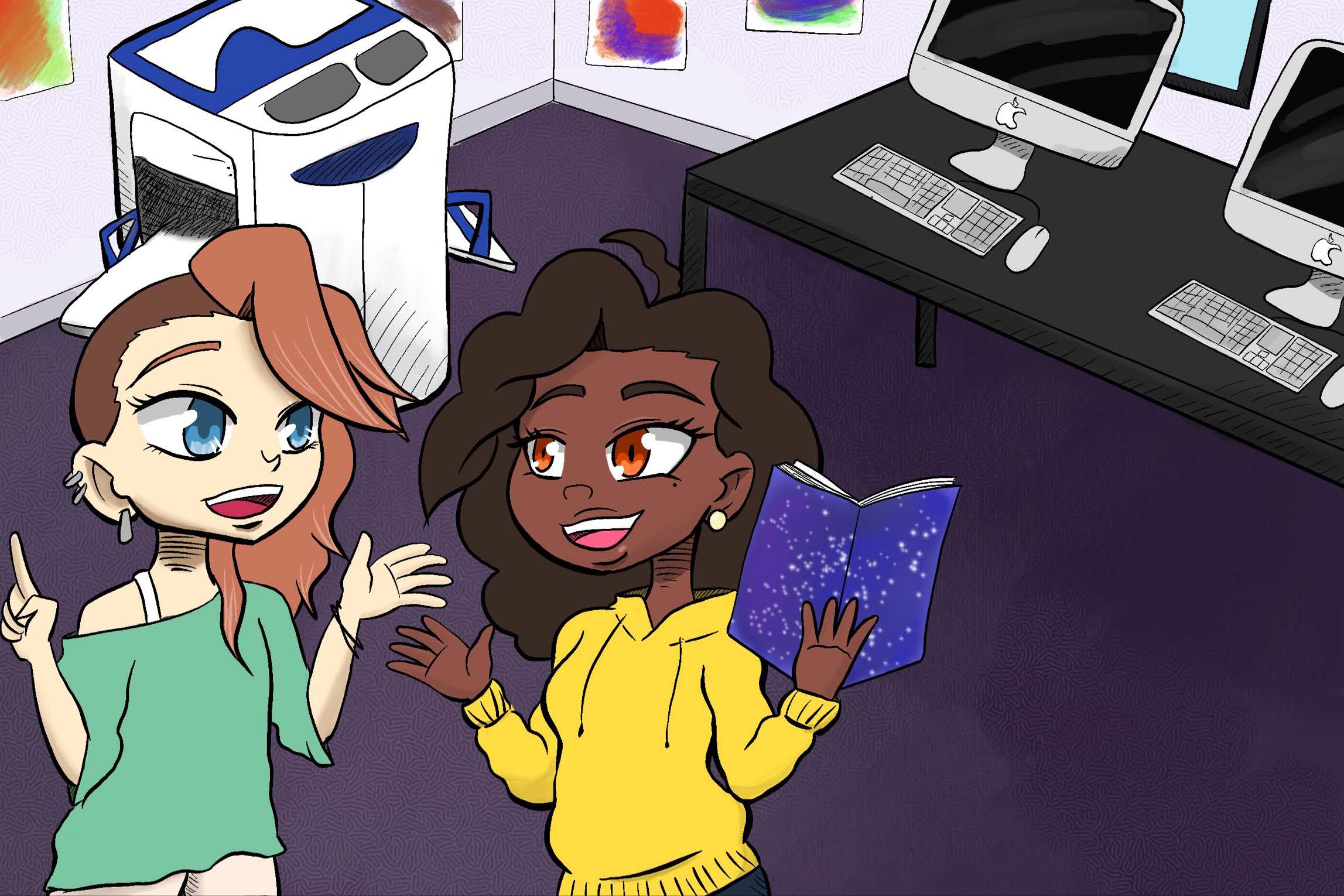
-
About Printing Comics in the LMC
"The Language and Media Center (LMC) is a place where RCAH students go to create — from drawings to posters, stickers, stencils, business cards and more. You can use this space for almost all forms of creativity. Even music and filmmaking are possibilities here. In my case, I use the LMC to make comics — specifically, the covers of my comics. I create the picture to be printed and then measure, format, and fix it to be printed with no problems. One of my favorite things is to try and “haggle” the price of my prints, and to talk with the consultants about how to properly print them. It feels like a genuine business interaction that I might have in the future." —Zaria
RCAH Sister Circle
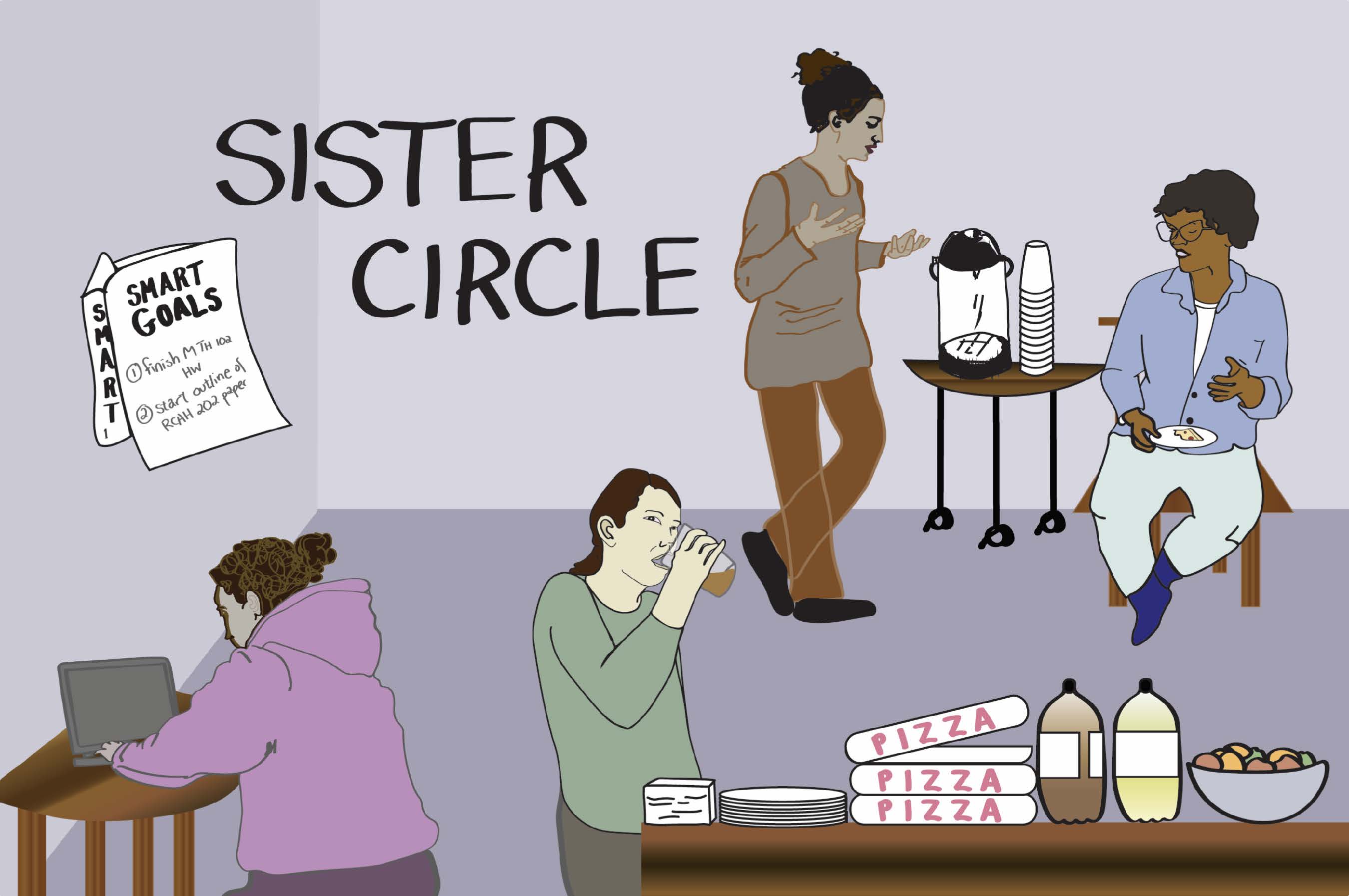
-
About RCAH Sister Circle
"The RCAH Sister Circle is a group for women of color in the college — including undergraduate students, RCAH Fellows, faculty, and staff. My first memory of the group feeling like a sisterhood, along with feeling as though our professors were also our aunties, was in my sophomore year as the small group was cramming for fall semester finals. Professor Tama Hamilton-Wray provided pizza, fruit, and drinks for us as we finished our essays and projects, or were grading materials using the SMART goals (Specific, Measurable, Achievable, Relevant and Time-Bound). There was supposed to be a “chatty space” and a “quiet space” in the Language and Media Center where we were gathering, but it inevitably became an entirely chatty space — whether we were commenting on someone’s work or just gossiping." —Olivia
The Wonder of Learning
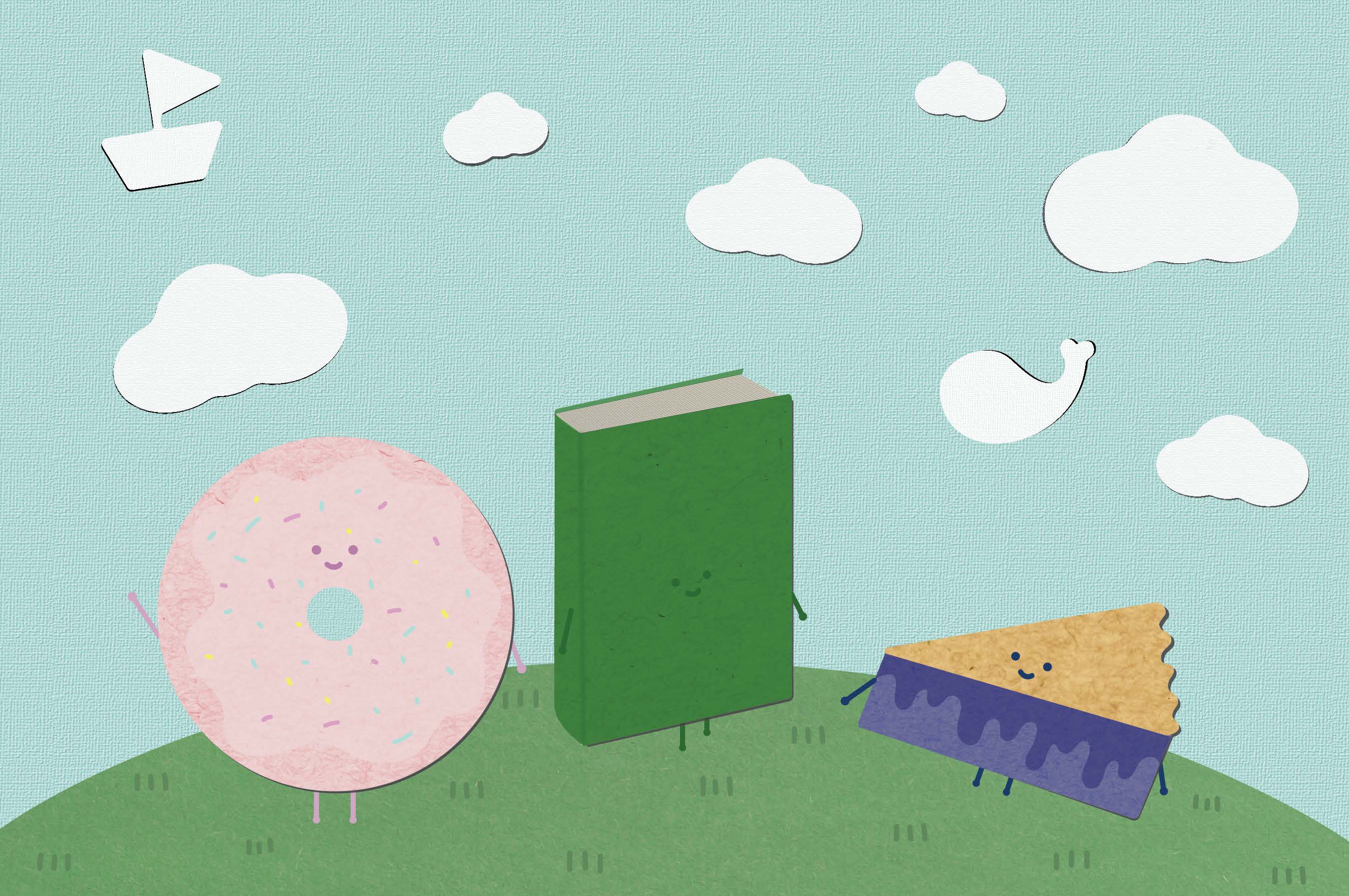
-
About the Wonder of Learning
"My first RCAH class was Professor Eric Aronoff's Writing in Transcultural Contexts. In this course, we read iconic novels across different cultures and genres, like Moby Dick, Maus I and II, and Their Eyes Were Watching God. Though we were reading incredibly intense texts, I couldn’t help but feel the childlike wonder of learning that I first felt long ago. While we sat and discussed these novels in a small circle of nine students, Aronoff brought us donuts and pie. His passion for teaching brought out our passion for learning. I couldn't have asked for a more impactful course to start off my college career." —Chrystel

